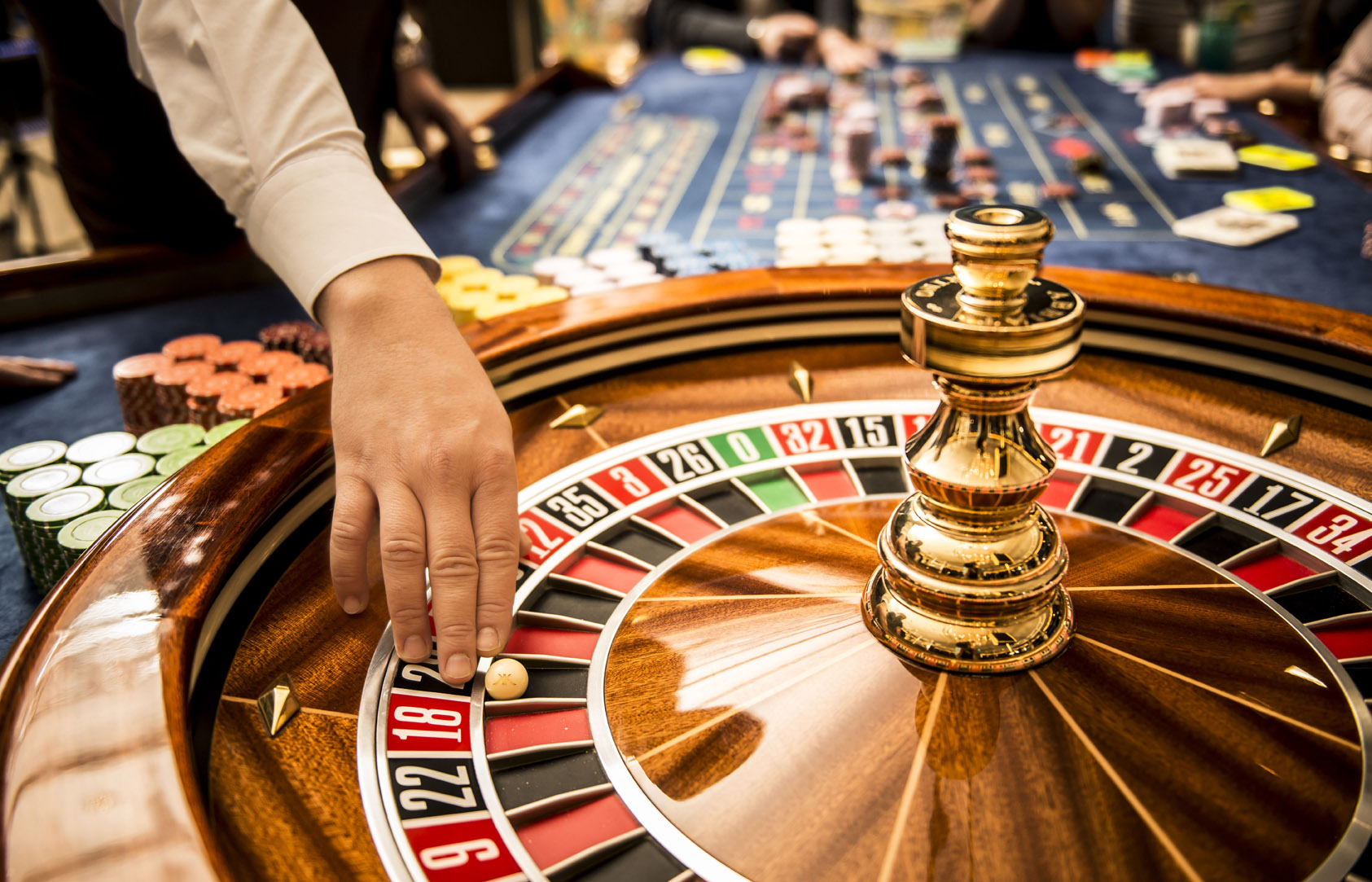
In the realm of casino games, very few abilities are as essential and enigmatic as the skill of bluffing. Honing the ability to persuasively depict a false story can be the difference between a small win and a life-changing jackpot. Bluffing is not merely about deception; it involves a deep understanding of human psychology, strategy, and the dynamics of the tables. Whether you’re playing Texas Hold’em, Omaha, or various other well-known versions, the nuances of bluffing can elevate your game and keep your opponents on their toes.
As players convene around the felt, the stakes escalate, and the pressure thickens. It is in this charged atmosphere that the genuine mastery of bluffing becomes apparent. Knowing when to set a trap, when to fold, and when to execute a calculated bluff requires an acute awareness of both your own hand but also the behaviors and habits of your opponents. In this exploration of the art of bluffing, we will explore techniques, psychological tactics, and the delicate interplay of risk and reward that characterize this fascinating aspect of casino games.
Grasping Deceptive Techniques
Deception is a fundamental element of the game of poker that can change the outcome of a game in an eye blink. It involves deceiving your adversaries that you hold a more powerful hand than you actually do. The key to effective deception is in the nuance of your tactics. A well-executed bluff requires a thorough understanding of your rivals’ behaviors and the dynamics of the game environment. Knowing when to bluff demands assessing the power of your cards and assessing if the hazard is justified by the possible gain.
There are numerous strategies employed by players to refine their deceptive strategy. One popular tactic is the partial bluff, where a player wagers with a set that is not at the moment the best but has the capacity to strengthen. This method allows players to add to a stack while still holding the possibility of a powerful hand in future plays. Additionally, the ancient adage "timing matters" is accurate in poker. Deceiving at the correct moments, such as when the board presents an unfavorable scenario for your rivals, can make your deception considerably persuasive.
Interpreting your rivals is an important skill for any winning bluffer. Observe for behavioral patterns that show whether a participant is self-assured or timid. Small changes in gestures, wagering patterns, and response times can provide crucial clues. Additionally, comprehending the psychology of the game facilitates players to adapt their strategies. A powerful bluff not only relies on the combination in possession but also on the overall narrative you develop throughout the session, causing your opponents to challenge their own decisions and conclusions.
Psychology Behind Deception
Bluffing in the game of poker is fundamentally rooted in the psychology of both the player who bluffs and the opponent. Phân Tích Nhận định bóng đá At its core, bluffing takes advantage of the doubt and anxiety about losing that players experience. Successful bluffers understand that their opponents are not just reacting to the hand, but also to the assumed confidence and behavior of their rival. By displaying strength through bet sizes and body language, a player can manipulate their opponents into discarding superior hands, capitalizing on the mental pressure established in the moment.
Emotional control is a crucial aspect of successful bluffing. Players must manage their own feelings while also reading the reactions of their opponents. A good bluffer stays calm and collected, avoiding any signs of anxiety or doubt. This emotional stability helps to reinforce the story of strength they are trying to project. Conversely, opponents who sense fear or doubt are more likely to challenge a bluff. Therefore, the capacity to maintain composure under stress is a crucial psychological skill for every effective poker player.
Understanding the opponent’s mindset is equally important in the craft of bluffing. Every player brings their own set of beliefs, preferences, and backgrounds to the table, which can influence their decisions. A keen observer will assess their opponents’ playing styles and habits, making educated guesses about how they might react to a bluff. By tailoring their approach based on these observations, bluffers can enhance their effectiveness and increase the likelihood of achieving their desired outcome, reinforcing the notion that effective poker is as much about psychology as it is about the gameplay.
Case Studies of Successful Bluffs
An iconic of the most famous bluffing moments in poker history took place during the 1999 World Series of Poker final table featuring the legendary Phil Ivey. Confronting a formidable opponent, Ivey was holding an unimpressive hand while his rival appeared to have a robust set. With carefully considered confidence, Ivey pushed all his chips into the pot, a move that created shockwaves through the table. His opponent, intimidated by the pressure of Ivey’s reputation and the sheer force of the bet, ultimately folded, allowing Ivey to claim the pot without revealing his cards. This moment demonstrates how a perfectly timed bluff can leverage mental pressure to secure victory.
Additionally, another example took place at the 2003 World Series of Poker, where amateur player Chris Moneymaker caused a fold from professional player Sam Farha. Moneymaker held a mediocre hand yet skillfully portrayed strength, culminating in a large bet on the river that had Farha questioning his own holding. The intensity at the table escalated as Moneymaker maintained a calm demeanor, leading Farha to critically evaluate the situation before choosing to fold a superior hand. This pivotal bluff not just marked Moneymaker’s rise to fame but also showed how even outsmart seasoned professionals with the right mix of courage and strategy.
In conclusion, one of the best effective bluffs in tournament history can be credited to Gus Hansen during the 2007 Aussie Millions Poker Championship. Hansen played aggressively, often using his image as a wild player to instill doubt in his opponents’ minds. During a key hand, he found himself with a low pair against an opponent who had displayed previous strength. tỷ lệ kèo nhà cái By placing a massive bet that represented a strong hand, Hansen forced his opponent into a tough decision. After a lengthy deliberation, his rival folded, and Hansen revealed his weaker cards, demonstrating how a mixture of reputation and strategic bluffing can turn the tide in critical situations.
